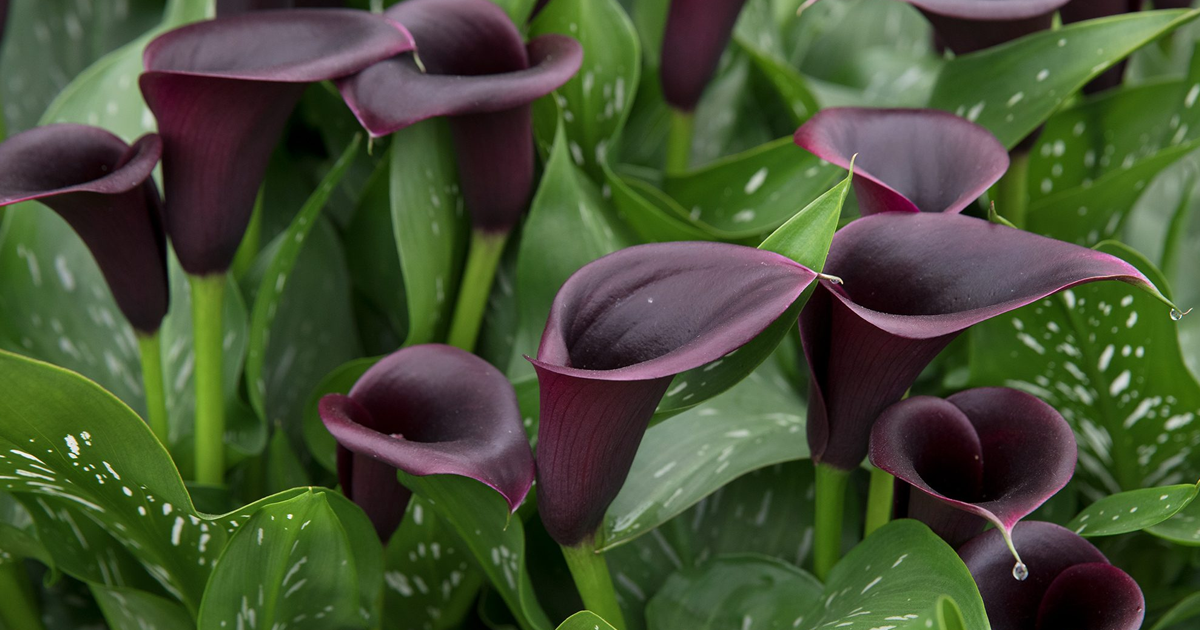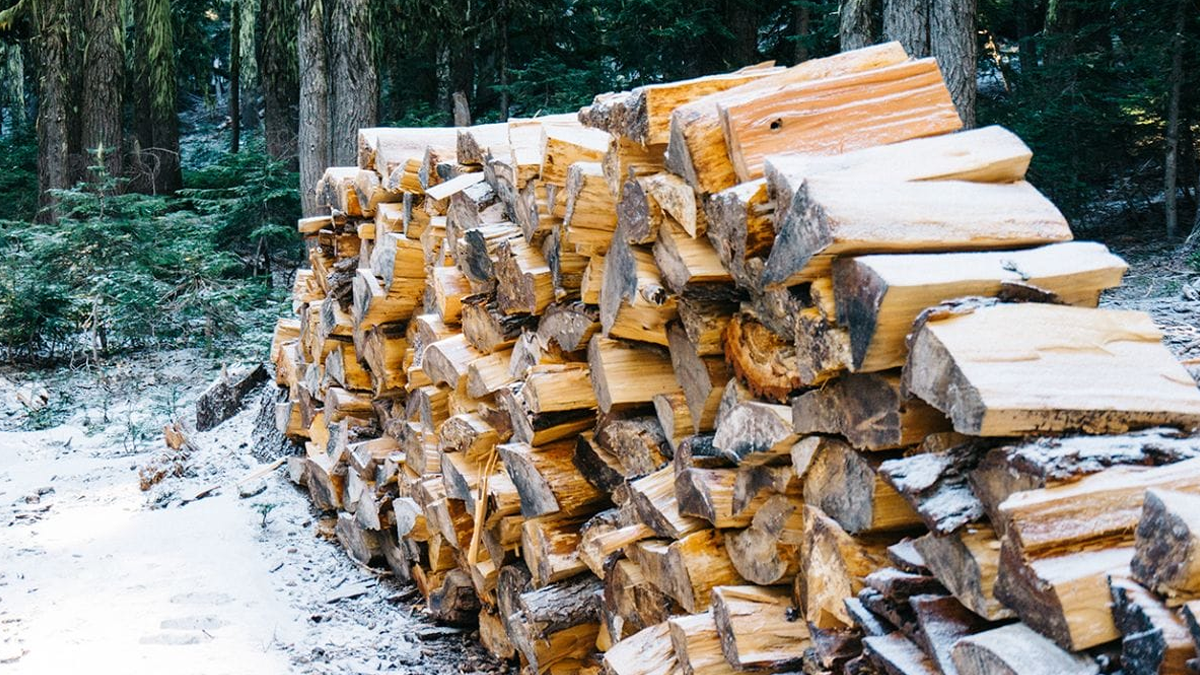
The spring gardens are a kaleidoscope of color to behold when the hues of the fragile blooms signal the onset of warmer months. Flower bulbs hold a unique position in the myriad of plants that any gardener has at their command to bring vibrancy since they are so easily planted and become a burst of color. But at the same time, this is important to know when one chooses bulbs for his spring garden: the difference between naturalizing and perennializing bulbs bubs. This information will help you develop a low-care garden that is successful year after year.
Know Your Bulbs
Bulbs are underground storage organs that hold the whole life cycle of the plant within them. They include true bulbs, corms, rhizomes, tubers, and tuberous roots. In general, they are storage organs that stash food to help plants work through periods of growth and flowering and then provide for times of dormancy. Bulbs are very popular with gardeners since they are relatively easy to plant yet can turn into spectacular displays with very little effort.
1. Naturalizing Bulbs
Naturalizing bulbs are those that have been planted, multiply, and spread out over time to create a natural display. These bulbs are perfect for the kind of gardeners who love a low-maintenance garden and gradually get more beautiful with passing years. Such bulbs adapt to the environment, grow, and spread out without having to be dug up and replanted every season.
Characteristics of Naturalizing Bulbs:
- Self-Propagation: These naturalization bulbs proliferate on their own. They usually develop offsets or bulbils that grow into new plants.
- Longevity: The bulbs thrive for a long time, often outliving the gardener who planted them.
- Low Maintenance: Once established these naturalizing bulbs require little to no care as they can compete with other plants and adjust to different types of soils.
- Natural Spread: Left to their own devices over time, naturalizing bulbs will spread to fill the space they are given, making a lush, dense display.
Popular Naturalizing Bulbs:
- Daffodils (Narcissus): Daffodils are probably the most reliable of all naturalizers. They put up with a wide range of conditions and multiply so quickly that large clumps can form in no time.
- Snowdrops (Galanthus): These are dainty white flowers that often bloom as early as February. They naturalize well in woodland settings.
- Crocus: These are tiny bulbs with great potency and easy to naturalize. They throw out immense color into the lawn and borders.
- Bluebells (Hyacinthoides non-scripta): They carpet woods beautifully with blue colour, hence are great naturalizers.
2. Perennializing Bulbs
Perennializing bulbs are the ones that come back year after year, but they do not spread like naturalizing bulbs. They will appear every spring and provide a consistent flowering performance, but they do not multiply as much. These types of bulbs would be suitable for gardeners who have a taste for controlled and consistent displays rather than a wild look of a naturalized garden.
Characteristics of Perennializing Bulbs:
- Reliability: Perennializing bulbs will come up year after year, and the flowering display will become a predictable event.
- Moderate Maintenance: While much less work than annuals, perennializing bulbs may need occasional division, every few years, to maintain vigor.
- Not Invasive: These bulbs will not spread aggressively and are thus suitable for formal garden applications or for small areas.
- Reliable Blooms: Because perennializing bulbs are specifically bred to come back year after year, you can count on a consistent flower display.
Some of the most popular perennializing bulbs include the following:
- Tulips—Some varieties, such as Darwin hybrids, are good perennializers. Most tulips are treated as annuals or are only perennial in zones with cold winters and moderate spring temperatures.
Hyacinths One of the most fragrant, colorful bulbs, hyacinths will come back for several years if planted in sharply draining soil. - Fritillaries (Fritillaria meleagris): These bell-shaped, checked flowers are one of the most dependable perennials, adding interest into the garden.
- Iris (Iris reticulata): Early blooming irises are dependable perennials, adding striking colors to the spring garden.
How to Choose Between Naturalizing vs. Perennializing Bulbs
The choice between planting naturalizing or perennializing bulbs depends on:
- Garden Style: If you like a wild, meadow appearance, then naturalizing bulbs are for you. If structured and formal-looking is what you want in your garden, then the perennializing bulbs should be the choice.
- Maintenance: With less maintenance overall, the naturalizing bulbs come out ahead on this one, and perennializing bulbs may occasionally need to be divided.
- Space: Naturalizing bulbs can spread and fill larger areas, while perennializing bulbs do better in smaller, more controlled spaces.
- Bloom Time: Make note of the bloom times of the bulbs chosen. Mixing some early, middle, and late-blooming bulbs will prolong the period of bloom and give continuous color.
Planting and Care for Bulbs
The proper method of planting and subsequent care is important whether you are naturalizing or perennializing bulbs. Here are a few general tips:
- Planting Depth: This is a general rule of thumb: plant bulbs at a depth three times their height. This will nicely protect the bulbs from frost and provide adequate, firm soil above the bulbs.
- Soil: The vast majority of bulbs prefer well-draining soil. If your soil is heavy clay, you may want to add compost or even plant bulbs in raised beds.
- Watering: Water bulbs well after planting. During the growing season, keep the soil moist but not waterlogged.
- Fertilizing: Bulbs appreciate a balanced fertilizer in the early spring when new growth appears. Avoid fertilizers high in nitrogen that can promote foliage growth at the expense of flowers.
- Dividing: For perennializing bulbs, divide every few years to prevent overcrowding and assure vigorous blooming.
Creating a Mixed Bulb Garden
Mixing the naturalizing and perennializing systems creates a garden that can be quite interesting to look at. The best of both worlds can be achieved using this method: the self-maintenance of beauty just like a naturalizer and the dependability of bloom of perennializers. Here are some tips on creating a mixed bulb garden:
- Layering: Plant bulbs in layers, depending on their height and flowering period. This creates a “lasagna planting” that will fill any available space with waves of color.
- Companion Planting: Pair bulbs with perennials and annuals to add interest and extend bloom times. Example: Plant daffodils as naturalizers with tulips as perennializers. Combine them with perennials that bloom very early in the growing season, such as Hellebores.
- Succession Planting: You can plan for successive blooms simply by choosing bulbs with different times of flowering. For example, the early-flowering crocuses can be followed by mid-season tulips and late-blooming alliums.
- Drifts and Clumps: It is better to plant bulbs in drifts and clumps rather than straight lines for a natural spacing. As a result of the way these bulbs grow in the wild, it will produce a very natural look.
Conclusion
Whether it is naturalizing bulbs or perennializing bulbs for spring, each carries its special beauty and sustainability for the landscapes. You’ll be able to select the right bulbs for gorgeous, low-maintenance displays once you understand their differences and your garden needs. Happy gardening!







